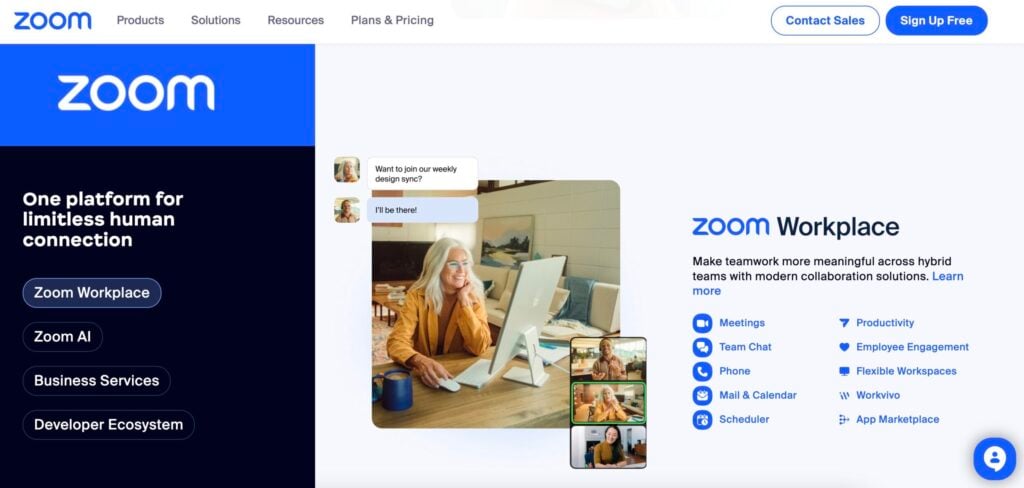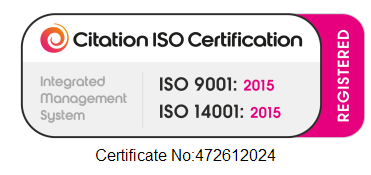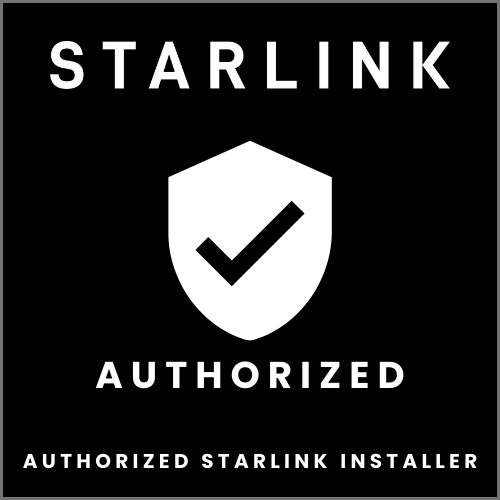One of the UK’s first AUTHORIZED STARLINK™ INSTALLERS.

Have you ever found yourself frustrated with a frozen screen in the middle of an important video call? Whether catching up with loved ones or clinching crucial business deals, reliable internet is no longer a luxury—it’s essential.
Enter Starlink, Elon Musk’s ambitious solution from SpaceX, promising fast and far-reaching internet across the UK. But amidst the hype, is Starlink good for video calls, or is it just another blip on the tech radar?
In this article, let’s unpack whether Starlink can enhance our digital conversations from the bustling streets of London to the tranquil valleys of Wales.
When comparing Starlink to traditional broadband services, user experiences and independent tests offer valuable insights into its performance.
Generally, Starlink achieves download speeds between 50 to 150 Mbps and up to 300 Mbps in some occasions and upload speeds of around 20 Mbps. More impressively, its latency—a crucial factor for real-time communications like video calls—often remains below 40 milliseconds. These metrics not only rival but can also surpass many conventional broadband services available in the UK.
Starlink’s performance isn’t without its fluctuations despite the promising speeds and low latency. Users frequently note variability, particularly during severe weather conditions or in extremely remote locations.
However, Starlink typically provides stable and adequate bandwidth for a wide range of internet activities even under less-than-ideal circumstances like streaming high-definition video or engaging in online gaming.

Zoom video conferencing software requires varying levels of internet speed based on the call quality and number of participants.
Zoom recommends a download speed of 600 kbps for standard video calls, but for group calls in HD, this recommendation increases to 2.5 Mbps for download and 3.0 Mbps for upload.
Given Starlink’s reported speeds, the service comfortably meets and exceeds these requirements, suggesting that Starlink is sufficiently fast for Zoom calls under typical conditions.
However, the consistency of these speeds can be less reliable in certain regions or during specific conditions such as tall buildings, heavy rain or dense cloud cover, which can intermittently affect the satellite signal.
In a cruiser and sailing forum, a user asked about the possibility of having uninterrupted video calls while at sea, and the responses were mostly positive.
The mobility of Starlink’s equipment makes it particularly suitable for sea, where it can be set up to provide continuous internet access. This is crucial for maintaining communication via video calls, whether for operational purposes within the maritime industry or personal communication by crew members.
Of course, challenges such as the maritime environment’s inherent instability and harsh weather conditions can impact connectivity, but the high throughput and low latency of Starlink generally ensure that video calls are feasible and functional.
>> Read More: Complete Guide to Starlink Maritime
One of the most significant benefits of Starlink is its ability to deliver high-speed internet to remote and rural areas that often lack reliable broadband internet access.
Furthermore, the setup process for Starlink is notably straightforward, consisting of a compact satellite dish and a GPS receiver. These components are designed for easy installation and adjustment, making the system very user-friendly.
Additionally, the simplicity and portability of the setup also allow users to relocate their service without much effort. This provides great flexibility for those who move frequently or need internet access in different locations.
Despite its advantages, Starlink does face challenges, particularly with environmental interferences. Heavy rain, snow, or substantial obstructions like tall trees and buildings can disrupt the signal, potentially degrading the quality of video calls.
Moreover, the high cost of service—both initial setup and ongoing subscription fees—can be a significant consideration for users, especially when compared to more traditional ISPs.
In conclusion, Starlink presents a viable option for video calls, particularly for users in locations underserved by other high-speed internet providers.
While there are occasional challenges related to signal interference and costs, the ongoing improvements and expanding infrastructure suggest that Starlink’s viability for remote communication will only increase in the future.

Let's get you online!
Fill in your details and we'll be in touch shortly.

Please fill in your details
Head Office:
11 Old Steine, Brighton, BN1 1EJ

© 2025 All Rights Reserved.